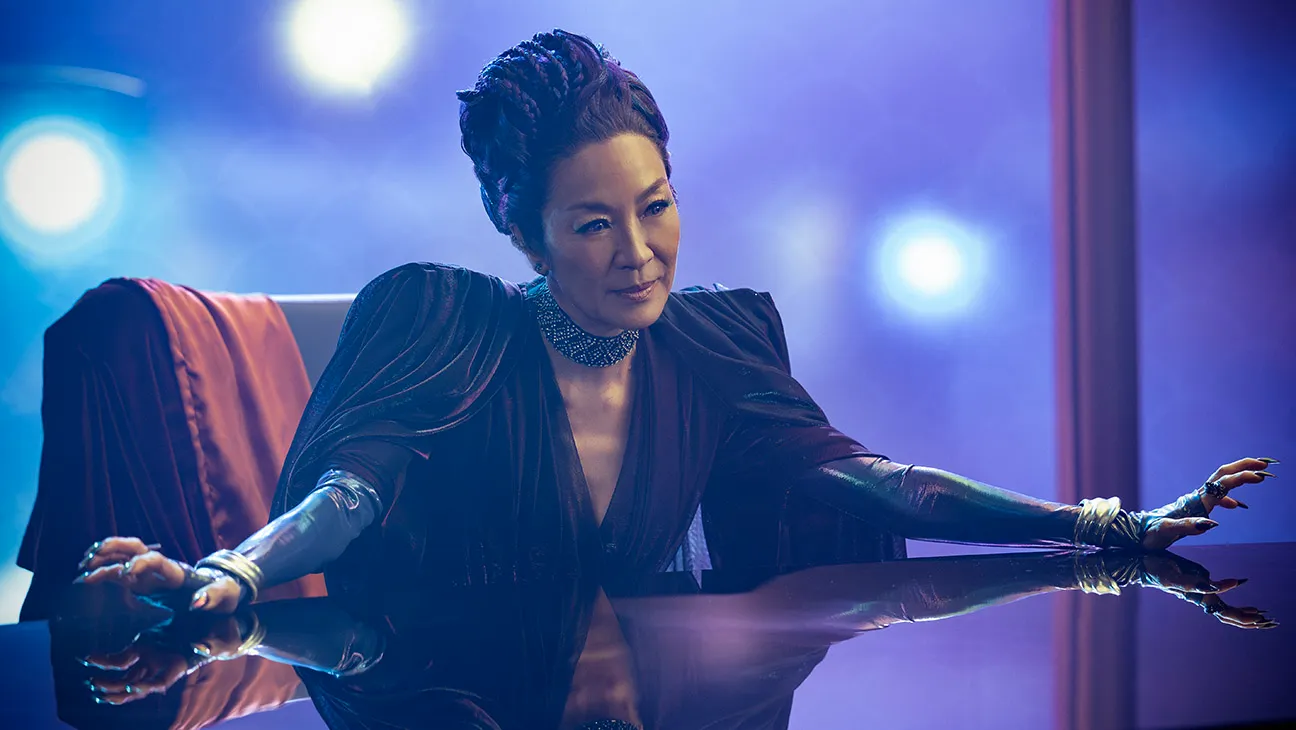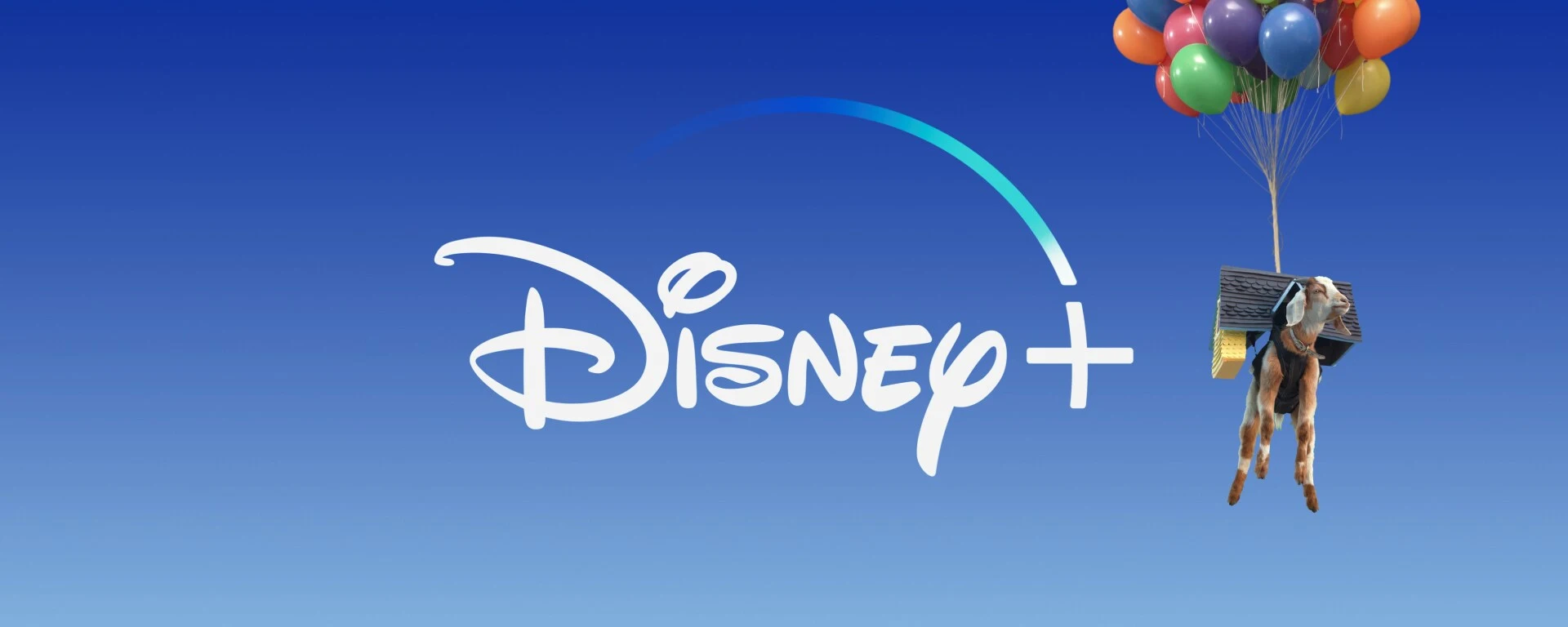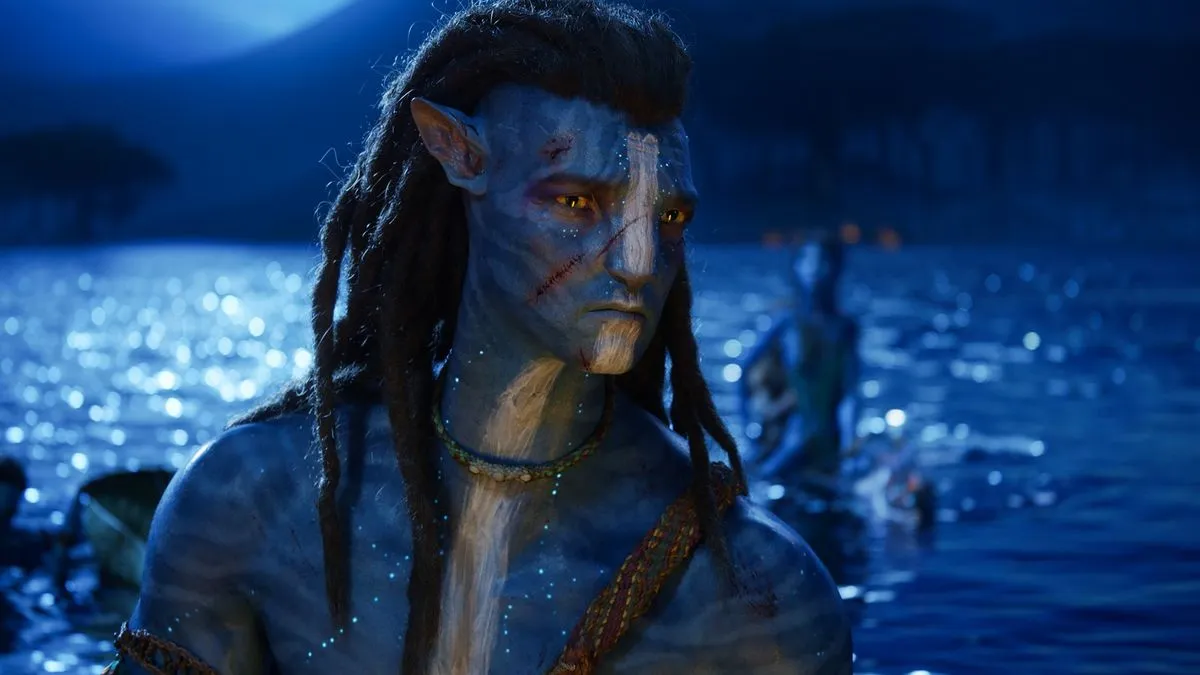The worst thing you can tell Wes Anderson is “That’s how we unchangingly do it,” equal to his longtime cinematographer, Robert Yeoman.
He notes that their newest project, Asteroid City, “jumps when and along between variegated worlds and timelines so it might be troublemaking for viewers.” Such big challenges alimony their collaboration fresh — and so do little things like innovating new ways to create rain on screen.
Yeoman shared his filmmaking translating with us in honor of Asteroid City, the story of Augie Steenbeck (Jason Schwartzman). Set in 1955, the mucosa follows Steenbeck and his children as they shepherd Asteroid Day, which commemorates a meteorite crashing to Earth in 3007 BC. But then an wayfarer makes first contact with the festival, upending many lives.
Yeoman, whose credits include Drugstore Cowboy, The Squid and the Whale and Bridesmaids, began working with Wes Anderson on his first film, 1996’s Bottle Rocket, and has served as his director of photography on every live-action full-length since. (Tristan Oliver shot Anderson’s stop-frame films The Fantastic Mr. Fox and Isle of Dogs.) Yeoman was nominated for an Oscar for his work on Anderson’s 2014 Grand Budapest Hotel.
In our latest Things I’ve Learned as a Moviemaker, Yeoman explains how still photography inspires his cinematography, why stuff unwilling to transpiration your plans can result in too-familiar films, and how low-tech moviemaking tricks can make your work stand out.
— As Told To Joshua Encinias
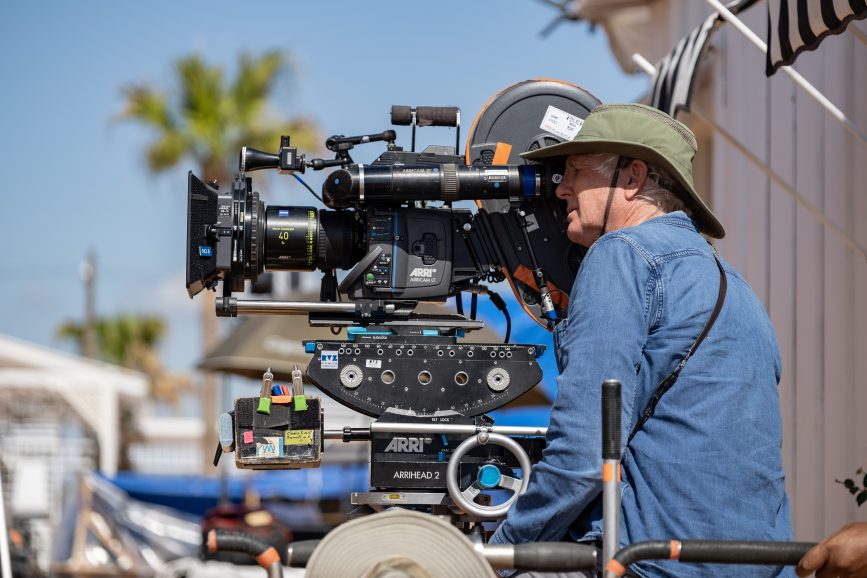
Robert Yeoman on the Asteroid City set
1. Still photography is a unvarying source of inspiration for me. Oftentimes, in the undertow of my career, I’ll bring in stills to a director as examples of composition, lighting, and to use as an inspiration for the squint of a film. As a young kid, my parents gave me a little Kodak Brownie camera, and I can’t say I was a huge photographer, but I enjoyed taking pictures and looking at pictures. We used to get Life magazine and they had very famous photographers going throughout the world taking these wondrous pictures. I remember I unchangingly got excited when the magazine showed up at our house and I could squint at the photos and art. Still photography is still one of my passions.
2. Stuff totally confident and secure in your plans often results in conventional images. I try not to over-plan things, considering I want to be unshut to something that spontaneously might happen on set. I do make my own diagrams of camera positions and lighting ideas that I share it with my gaffer. But there’s unchangingly some nervousness when I show up in the morning, considering I want to push myself to that place where you’re not sure well-nigh things. When I finger totally secure and confident and sure, I might lapse into something a little increasingly conventional, whereas if I alimony my edge, I might come up with something that’s a little increasingly interesting visually.
3. Be unshut to your collaborators introducing new ways of working. After Wes made Fantastic Mr. Fox with cinematographer Tristan Oliver, he began creating animatics in pre-production for his live-action movies. The animatics are kind of our Bible. Before we would have hand-drawn storyboards, but now we work out all the camera moves and everything in advance. Sometimes we might switch out a camera lens, but we have a very pretty well-spoken idea when we show up what the shot’s going to be. I unquestionably really like it. I think everyone does, considering you know exactly what you’re going do.
Asteroid City DP Robert Yeoman on Cameras
4. Many people fall into the trap of thinking two cameras will make the shoot go faster. We only shoot one camera with Wes and a lot of the movies I do are one camera. I find that we can often move faster with one camera than with two cameras. Two cameras often ways you’re getting coverage. Coverage is great, but with Wes, every shot is specific for the particular moment that he wants. A lot of unconfined directors have a unshared style considering they believe there’s one place to put a camera and to tell a story, and that’s the place we’re going to commit to. Whereas other directors might be concerned well-nigh getting a lot of coverage and they want two or three cameras. And all of a sudden, the movies start to squint unwrinkled with an over, single, two shot, whatever. I think that if people just concentrate on one camera, my opinion is you’ll end up with a little increasingly interesting movie.
5. This old truism is just true in moviemaking: Where there’s a will, there’s a way. Wes will often describe a shot he’s interested in doing, and in my throne I’m thinking, “Oh my God, how are we going to do that?” But we unchangingly seem to find a way. On Asteroid City, a perfect example is there’s dollies that go sideways and in and out. Our key grip, Sanjay Sami, has these tracks that are scrutinizingly like train tracks, where you can make switches to go sideways and in and out. He designed this system that unliable us to do that.
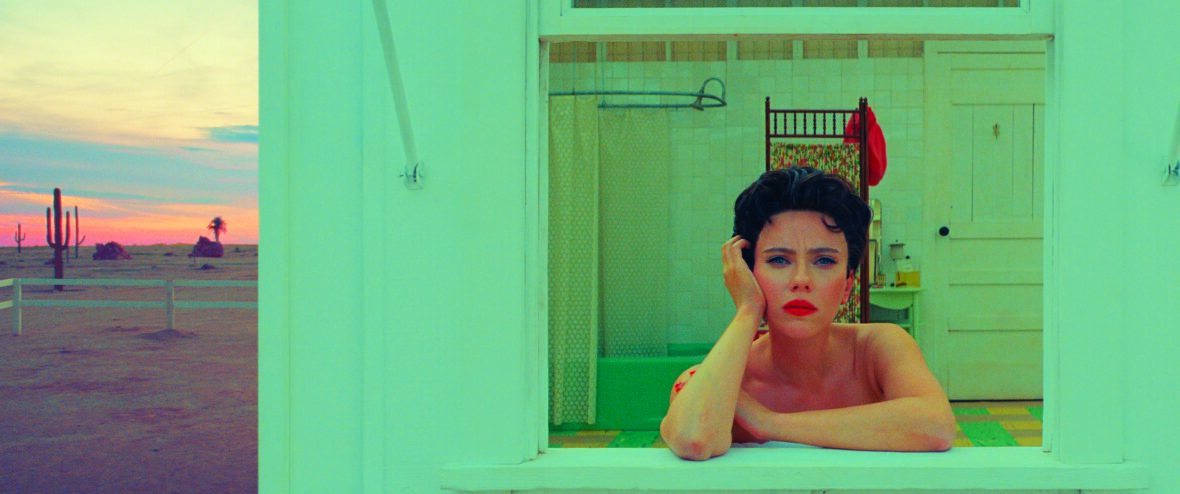
Scarlett Johansson stars as Midge Campbell in Asteroid City, shot by DP Robert Yeoman. Photo courtesy of Pop. 87 Productions/Focus Features
The worst thing you can say to Wes is “That’s how we unchangingly do it.” On Moonrise Kingdom,we wanted a rain effect on the windows and so I said, “What we usually do is we put rain bars outside the windows and when light them.” And he said, “Well, I don’t want to do it that way.” So then we came up with this system of lights that have these little patterns that move wideness the lights. It’s a theatrical thing and has a surreal quality where you’re not sure if it’s real rain. It gives a quality to the image that makes it a little increasingly magical.
6. Low-tech techniques can make your movie stand out. Wes is pretty much low-tech. We rarely use techno cranes and a lot of the things that are pretty standard in today’s moviemaking. He wants to find increasingly homemade solutions, so that’s often how we end up doing things. Even in Asteroid City, he doesn’t like to inflowing a set with lights. We were towers the town in Spain from scratch. So I talked to Wes and Adam Stockhausen, our production designer, well-nigh putting in skylights for all the buildings where we were shooting interiors. So they put in skylights, and it unliable us to shoot day scenes without any lights. Wes loved that we didn’t use lights on the interiors. He was thrilled.
Joining the Wes Anderson Family
7. Work out your shots and create marks for your actors using hairdo members. A lot of times in prep, we will work out long dolly moves with hairdo people standing in for the actors. We’ll put little marks on the ground so that when we have the actors we’re much increasingly efficient.
8. If you have a working relationship with your director like I have with Wes, it can be helpful to tactfully requite your actors tips well-nigh the weightier way to work with the director. The last time I worked with Matt Dillon was on 1989’s Drugstore Cowboy. I hadn’t seen him for a long time, but he’s very open, very nice, and he was a little nervous well-nigh working with Wes. I gave him some tips considering I want to see him succeed. He’s a nice guy and good actor. I want him to be part of this family. Wes tends to rent actors back, and I think Matt really wanted to be part of the family.
There’s no big egos on the set on a Wes movie. There’s so many big stars and everyone’s there considering they want to be, and they’re pretty unshut and friendly. If they have questions, I’ll do my weightier to wordplay them. I don’t want to get in the middle of Wes and his actor’s relationships, but sometimes actors come to me with questions, and I’ll be honest with them and tell them what I think.
Asteroid City is now in theaters from Focus Pictures.
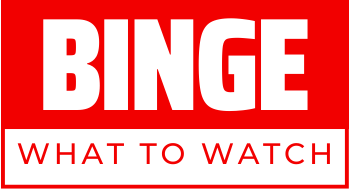
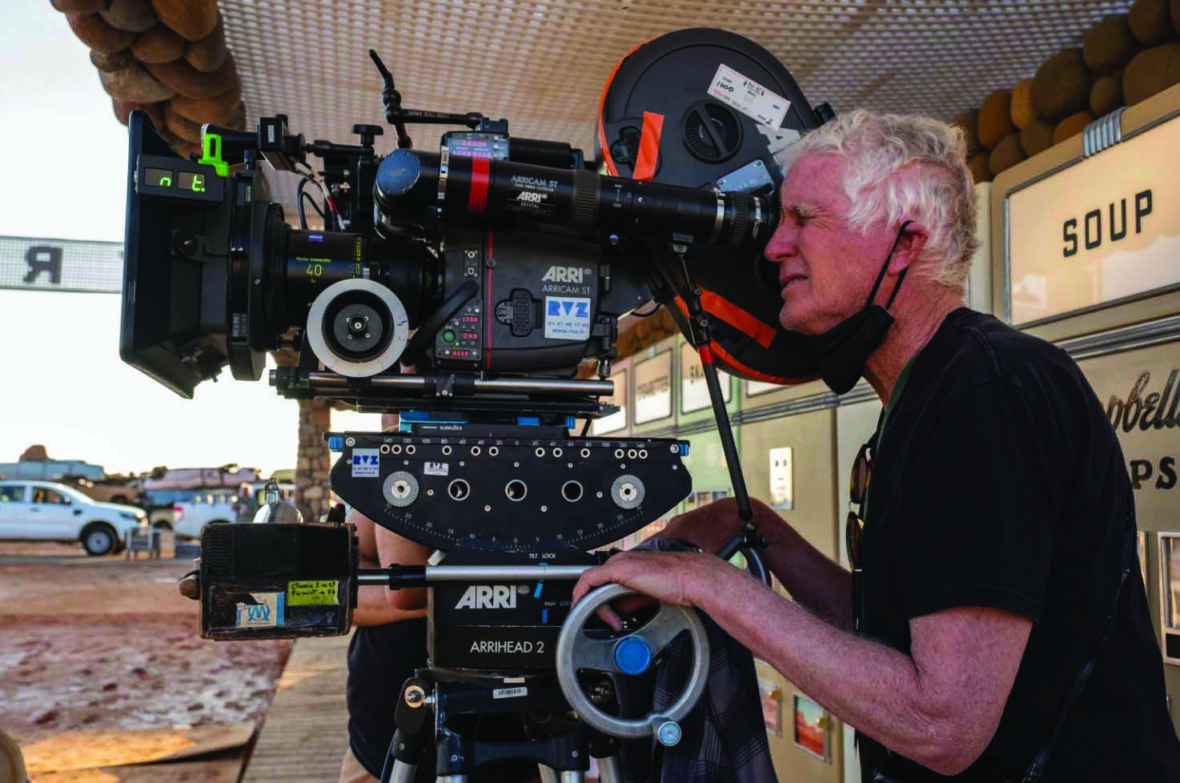
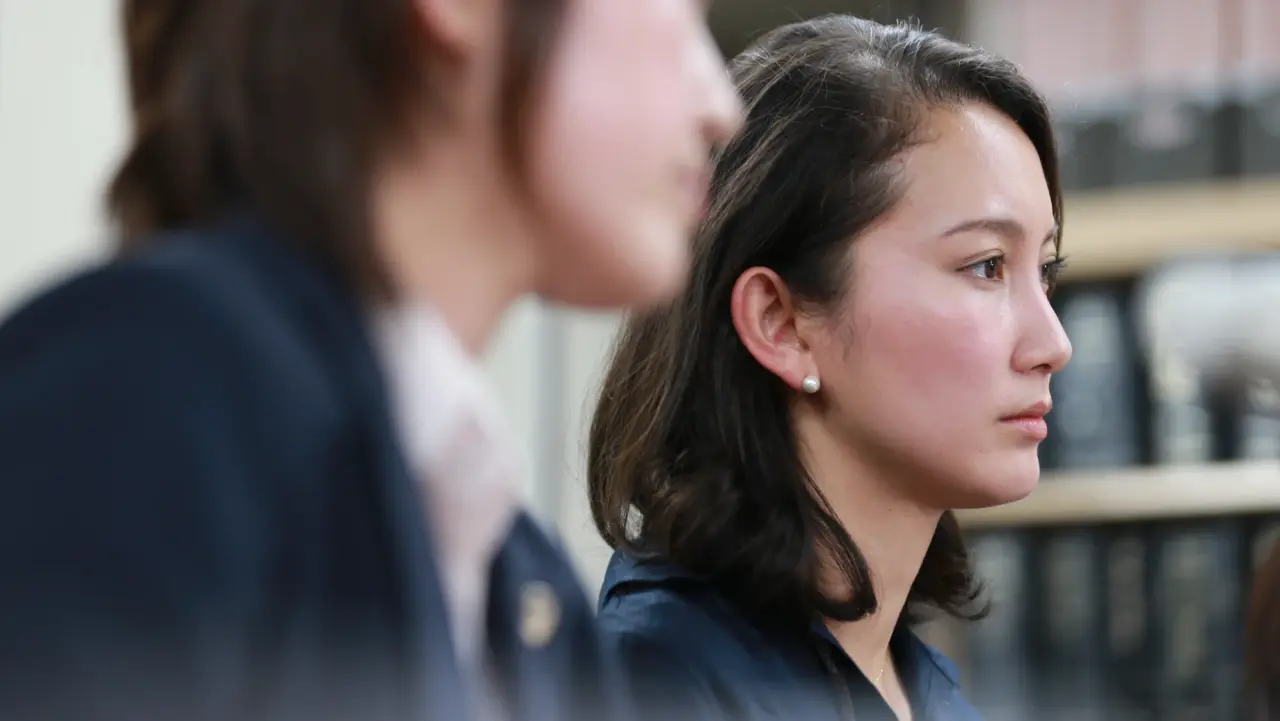
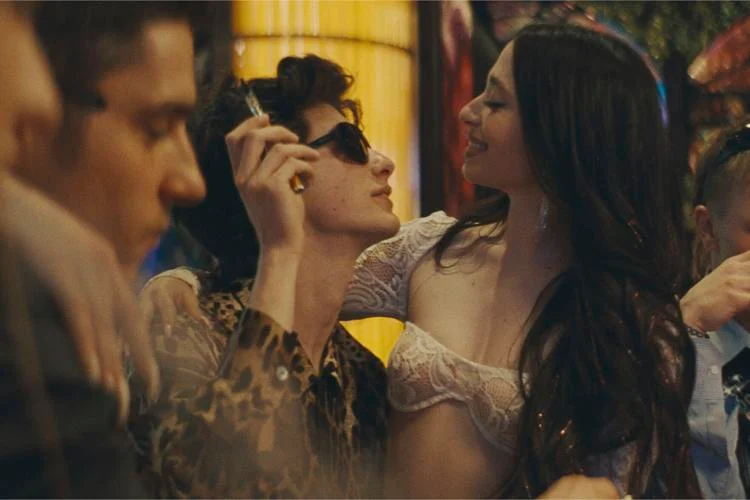

.webp)
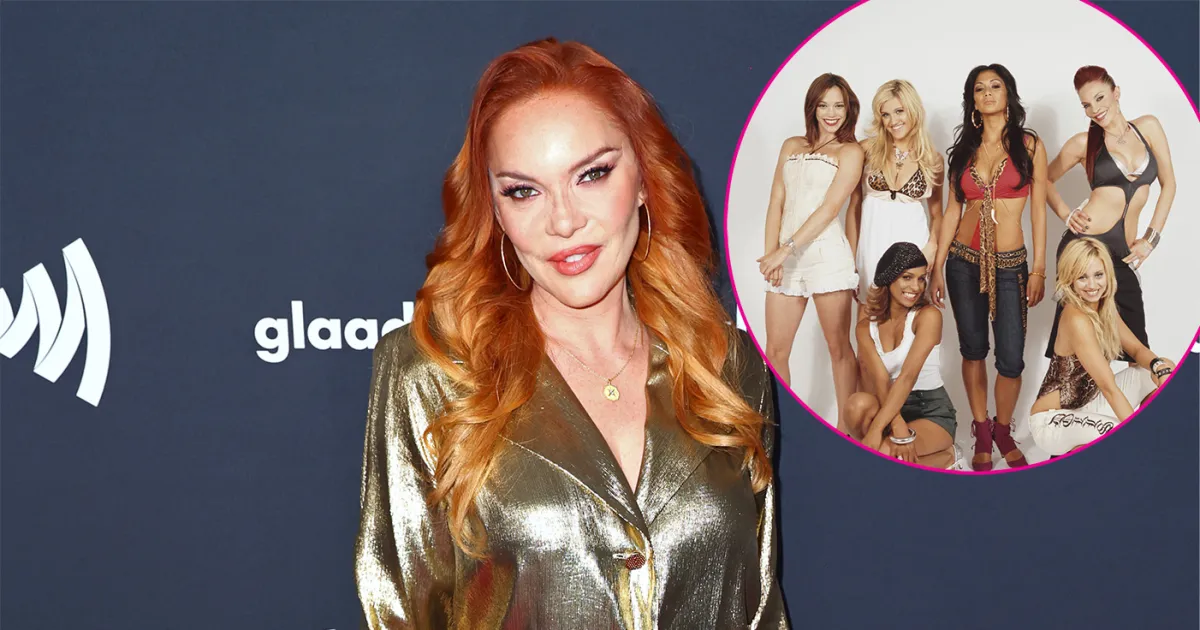
.jpg)
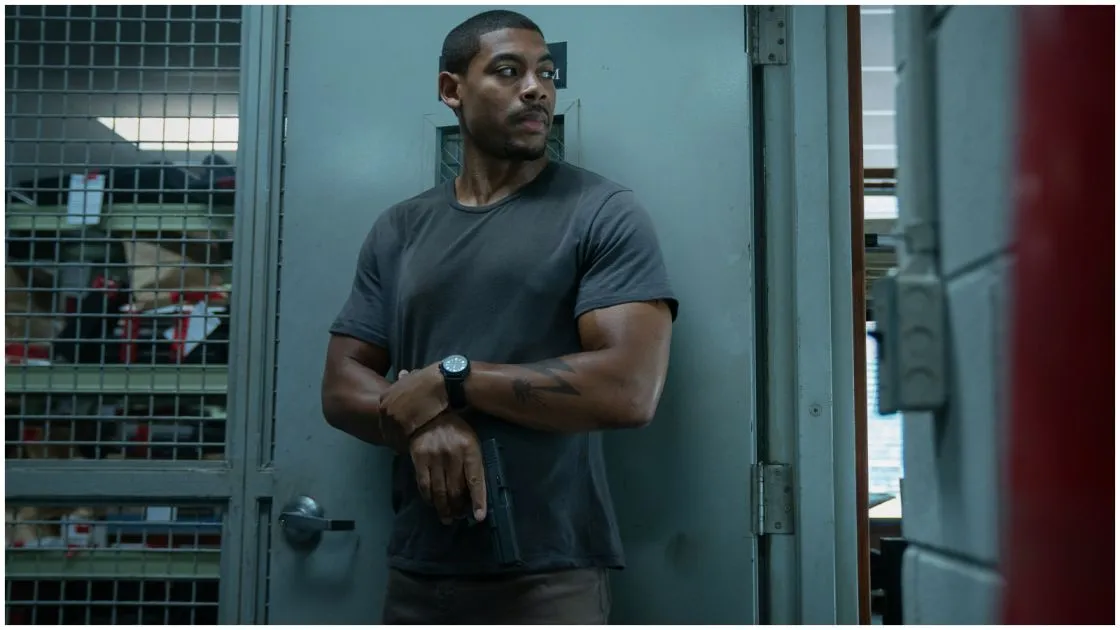
.webp)
